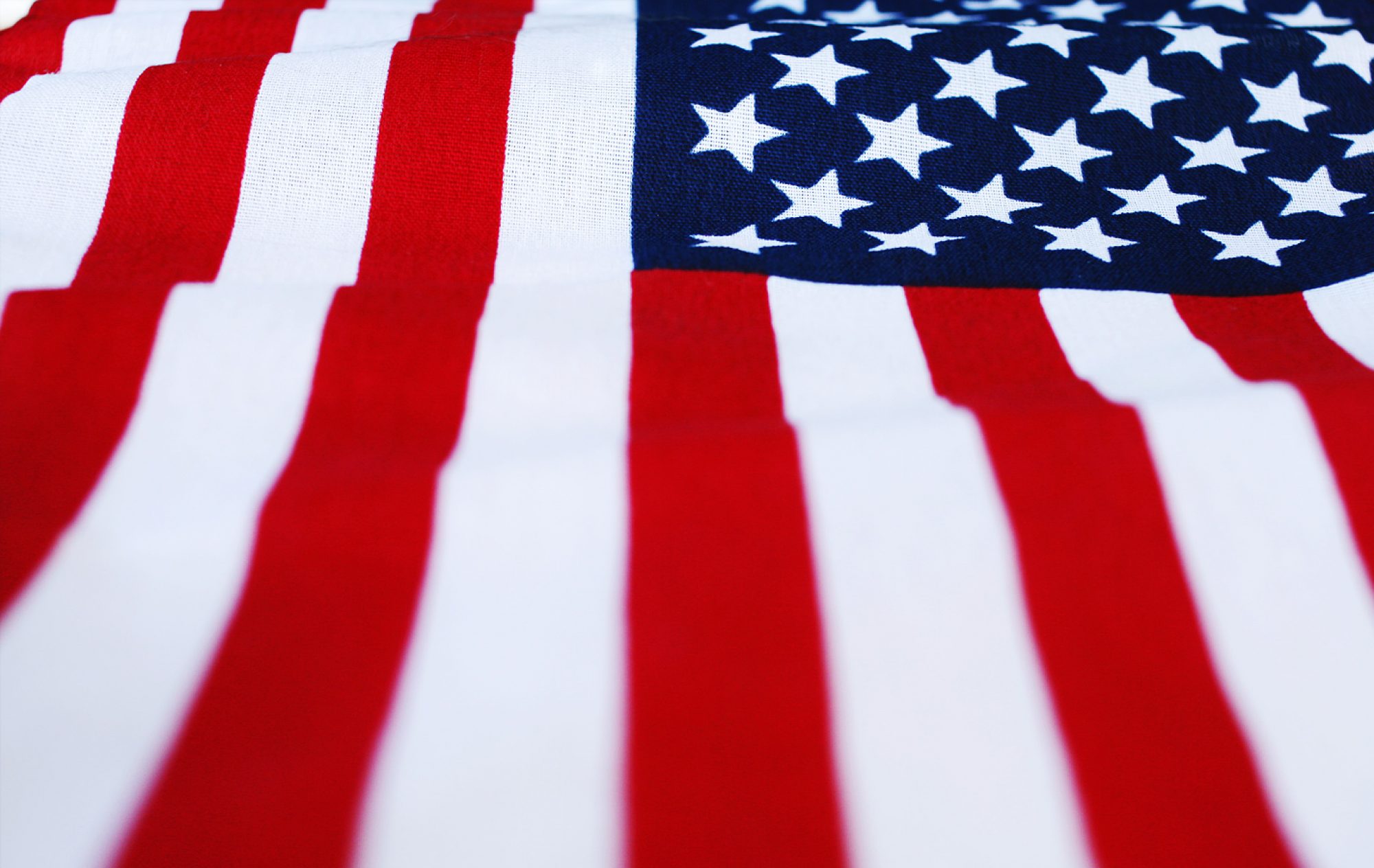A few too many years ago, I worked in Mexico for a U.S. bank. I was invited by some friends to tell the story of Memorial Day at a local church.
It was before the Internet, so I called my father and told him to put of my old U.S. history schoolbooks in the next plane. It turned out that one of his colleagues was flying to Mexico and I got my books in a day.
I started by talking about The Civil War and “Decoration Day“:
On May 5, 1868, General John A. Logan, leader of an organization for Northern Civil War veterans, called for a nationwide day of remembrance later that month. “The 30th of May, 1868, is designated for the purpose of strewing with flowers, or otherwise decorating the graves of comrades who died in defense of their country during the late rebellion, and whose bodies now lie in almost every city, village and hamlet churchyard in the land,” he proclaimed.
The date of Decoration Day, as he called it, was chosen because it wasn’t the anniversary of any particular battle.
On the first Decoration Day, General James Garfield made a speech at Arlington National Cemetery, and 5,000 participants decorated the graves of the 20,000 Union and Confederate soldiers buried there.
Later, it became Memorial Day after World War I and World War II:
For decades, Memorial Day continued to be observed on May 30, the date Logan had selected for the first Decoration Day. But in 1968 Congress passed the Uniform Monday Holiday Act, which established Memorial Day as the last Monday in May in order to create a three-day weekend for federal employees; the change went into effect in 1971. The same law also declared Memorial Day a federal holiday.
The parishioners enjoyed it and I felt good about that. One of the gentlemen related his ancestor’s story. Apparently, his grandfather was from Texas and served in the Spanish American War. Everyone was thrilled with the photos that I shared on the blackboard.
Looking back today and reading about Decoration Day, I am amazed how our ancestors were willing to decorate the graves of northern and southern soldiers. It’s a good lesson for those who want to remove statues. Sometimes the best way to heal is to honor the dead rather than selectively remove them from history.
Happy Memorial Day 2019.
P.S. You can listen to my show (Canto Talk) and follow me on Twitter.

A few too many years ago, I worked in Mexico for a U.S. bank. I was invited by some friends to tell the story of Memorial Day at a local church.
It was before the Internet, so I called my father and told him to put of my old U.S. history schoolbooks in the next plane. It turned out that one of his colleagues was flying to Mexico and I got my books in a day.
I started by talking about The Civil War and “Decoration Day“:
On May 5, 1868, General John A. Logan, leader of an organization for Northern Civil War veterans, called for a nationwide day of remembrance later that month. “The 30th of May, 1868, is designated for the purpose of strewing with flowers, or otherwise decorating the graves of comrades who died in defense of their country during the late rebellion, and whose bodies now lie in almost every city, village and hamlet churchyard in the land,” he proclaimed.
The date of Decoration Day, as he called it, was chosen because it wasn’t the anniversary of any particular battle.
On the first Decoration Day, General James Garfield made a speech at Arlington National Cemetery, and 5,000 participants decorated the graves of the 20,000 Union and Confederate soldiers buried there.
Later, it became Memorial Day after World War I and World War II:
For decades, Memorial Day continued to be observed on May 30, the date Logan had selected for the first Decoration Day. But in 1968 Congress passed the Uniform Monday Holiday Act, which established Memorial Day as the last Monday in May in order to create a three-day weekend for federal employees; the change went into effect in 1971. The same law also declared Memorial Day a federal holiday.
The parishioners enjoyed it and I felt good about that. One of the gentlemen related his ancestor’s story. Apparently, his grandfather was from Texas and served in the Spanish American War. Everyone was thrilled with the photos that I shared on the blackboard.
Looking back today and reading about Decoration Day, I am amazed how our ancestors were willing to decorate the graves of northern and southern soldiers. It’s a good lesson for those who want to remove statues. Sometimes the best way to heal is to honor the dead rather than selectively remove them from history.
Happy Memorial Day 2019.
P.S. You can listen to my show (Canto Talk) and follow me on Twitter.

via American Thinker Blog
Enjoy this article? Read the full version at the authors website: https://www.americanthinker.com/blog/
